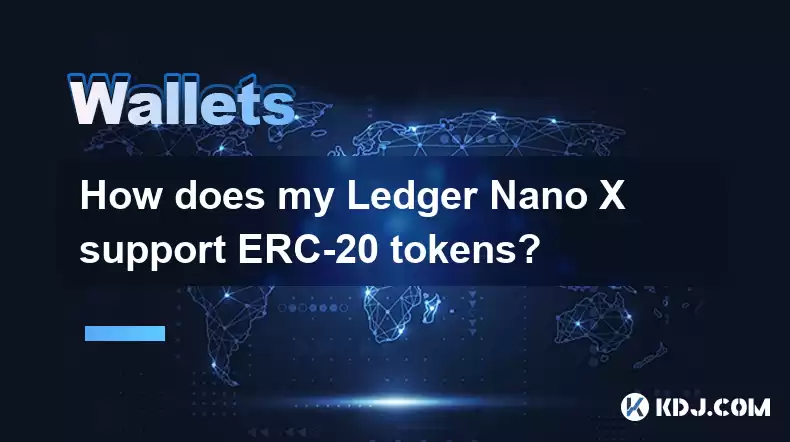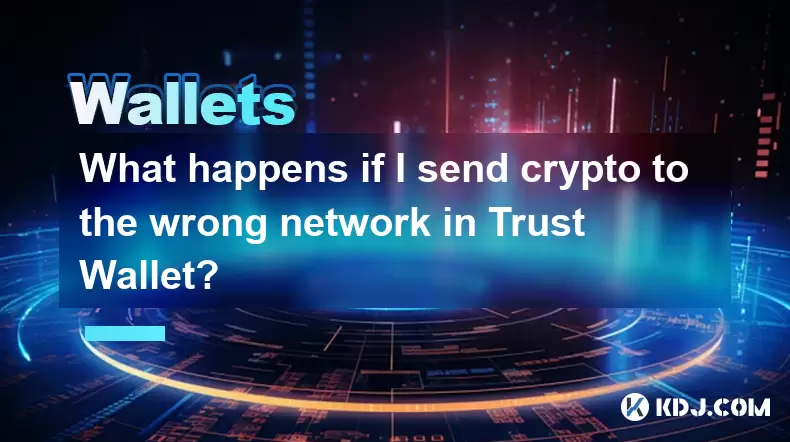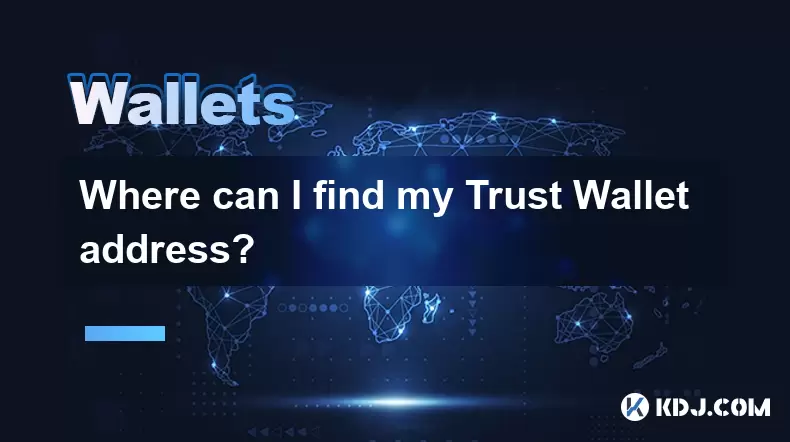-
 Bitcoin
Bitcoin $113900
-1.39% -
 Ethereum
Ethereum $3517
-4.15% -
 XRP
XRP $3.009
1.59% -
 Tether USDt
Tether USDt $0.9997
-0.04% -
 BNB
BNB $766.8
-1.41% -
 Solana
Solana $164.6
-2.38% -
 USDC
USDC $0.9998
-0.02% -
 TRON
TRON $0.3277
0.65% -
 Dogecoin
Dogecoin $0.2023
-1.67% -
 Cardano
Cardano $0.7246
0.05% -
 Hyperliquid
Hyperliquid $38.27
-4.77% -
 Sui
Sui $3.528
-0.52% -
 Stellar
Stellar $0.3890
-0.73% -
 Chainlink
Chainlink $16.16
-2.69% -
 Bitcoin Cash
Bitcoin Cash $539.9
-4.38% -
 Hedera
Hedera $0.2425
-2.00% -
 Avalanche
Avalanche $21.71
-0.97% -
 Toncoin
Toncoin $3.662
5.73% -
 Ethena USDe
Ethena USDe $1.000
-0.02% -
 UNUS SED LEO
UNUS SED LEO $8.964
0.35% -
 Litecoin
Litecoin $107.7
2.33% -
 Shiba Inu
Shiba Inu $0.00001223
-0.40% -
 Polkadot
Polkadot $3.617
-0.97% -
 Uniswap
Uniswap $9.052
-2.49% -
 Monero
Monero $295.1
-3.79% -
 Dai
Dai $0.9999
0.00% -
 Bitget Token
Bitget Token $4.315
-1.85% -
 Pepe
Pepe $0.00001060
0.11% -
 Cronos
Cronos $0.1342
-2.72% -
 Aave
Aave $256.0
-0.87%
How does my Ledger Nano X support ERC-20 tokens?
The Ledger Nano X supports ERC-20 tokens through the Ethereum app and compatible wallets like MetaMask, ensuring secure management and transactions of these tokens.
Apr 21, 2025 at 04:49 am

The Ledger Nano X is a popular hardware wallet that offers robust security for managing various cryptocurrencies, including ERC-20 tokens. ERC-20 tokens are a type of token that operates on the Ethereum blockchain, and the Ledger Nano X supports these tokens through its integration with compatible software wallets. This article will explain how the Ledger Nano X supports ERC-20 tokens, including setup, management, and common operations.
Setting Up Your Ledger Nano X for ERC-20 Tokens
To begin using your Ledger Nano X to manage ERC-20 tokens, you first need to set up the device and install the necessary applications. Here’s how you can do it:
Initialize Your Ledger Nano X: When you first receive your Ledger Nano X, you will need to set it up. This involves creating a new wallet and securely storing your recovery phrase. Follow the on-screen instructions to complete this process.
Install the Ethereum Application: The Ledger Nano X supports ERC-20 tokens through the Ethereum application. To install this application, connect your Ledger Nano X to your computer, open the Ledger Live application, navigate to the "Manager" tab, search for the Ethereum application, and click "Install".
Connect to a Compatible Wallet: To interact with ERC-20 tokens, you need to use a software wallet that is compatible with the Ledger Nano X. Popular options include MetaMask, MyEtherWallet (MEW), and Ledger Live itself. For this example, we will use MetaMask.
Set Up MetaMask: Download and install the MetaMask browser extension. Once installed, open MetaMask and select "Import using Secret Recovery Phrase". Enter your Ledger Nano X's Ethereum address (found in Ledger Live) as the recovery phrase, set a password, and complete the setup.
Adding ERC-20 Tokens to Your Ledger Nano X
After setting up your Ledger Nano X and connecting it to a compatible wallet, you can now add ERC-20 tokens to your wallet. Here’s how to do it using MetaMask:
Connect Your Ledger Nano X to MetaMask: Open MetaMask, click on the account icon in the top right corner, and select "Connect Hardware Wallet". Choose "Ledger" as the manufacturer, select "Ledger Nano X" as the model, and click "Connect". Ensure your Ledger Nano X is unlocked and the Ethereum application is open.
Add ERC-20 Tokens: Once connected, you can add ERC-20 tokens to your MetaMask wallet. Click on "Add Token" at the bottom of the MetaMask interface, select "Custom Token", and enter the token's contract address. You can find the contract address on the token's official website or through a blockchain explorer like Etherscan. After entering the contract address, MetaMask will automatically fill in the token symbol and decimals. Click "Next" and then "Add Tokens" to complete the process.
Sending and Receiving ERC-20 Tokens with Ledger Nano X
With your ERC-20 tokens added to your wallet, you can now send and receive them using your Ledger Nano X. Here’s how to do it:
Receiving ERC-20 Tokens: To receive ERC-20 tokens, you will need to provide the sender with your Ethereum address. You can find your Ethereum address in MetaMask or Ledger Live. Share this address with the sender, and they can send the tokens to this address.
Sending ERC-20 Tokens: To send ERC-20 tokens, open MetaMask and ensure your Ledger Nano X is connected. Select the token you want to send from the list of assets in MetaMask. Enter the recipient's Ethereum address, specify the amount of tokens you want to send, and adjust the gas fee if necessary. Click "Next" and then "Confirm" to initiate the transaction. You will need to confirm the transaction on your Ledger Nano X by pressing both buttons simultaneously when prompted.
Managing and Viewing Your ERC-20 Tokens
Once you have ERC-20 tokens in your Ledger Nano X, you can manage and view them through the connected software wallet. Here’s how to do it with MetaMask:
Viewing Your Tokens: Open MetaMask and ensure your Ledger Nano X is connected. Your ERC-20 tokens will be displayed in the "Assets" tab. You can see the balance of each token and track their value.
Managing Your Tokens: You can manage your ERC-20 tokens by sending them to other addresses or swapping them for other cryptocurrencies. To swap tokens, you can use decentralized exchanges (DEXs) like Uniswap directly through MetaMask. Click on the token you want to swap, select "Swap", enter the amount and the token you want to receive, and follow the on-screen instructions to complete the swap.
Security Considerations for ERC-20 Tokens on Ledger Nano X
When using your Ledger Nano X to manage ERC-20 tokens, it’s crucial to prioritize security. Here are some important security considerations:
Keep Your Recovery Phrase Secure: Your recovery phrase is the key to accessing your funds. Store it in a safe place, preferably offline, and never share it with anyone.
Use Strong Passwords: Ensure that the password you set for your software wallet, like MetaMask, is strong and unique.
Beware of Phishing Attacks: Always verify the authenticity of websites and applications before entering your private information. Phishing attacks are common in the cryptocurrency space and can lead to the loss of funds.
Regularly Update Your Device: Keep your Ledger Nano X and its applications up to date to protect against known vulnerabilities.
Use Secure Networks: Avoid using public Wi-Fi networks to manage your cryptocurrency transactions. Use a secure, private network to minimize the risk of interception.
Frequently Asked Questions
Q: Can I store multiple ERC-20 tokens on a single Ledger Nano X?
A: Yes, you can store multiple ERC-20 tokens on a single Ledger Nano X. The device supports an unlimited number of ERC-20 tokens, as long as you have enough space in your Ethereum account.
Q: Do I need to pay gas fees when sending ERC-20 tokens from my Ledger Nano X?
A: Yes, sending ERC-20 tokens requires you to pay gas fees on the Ethereum network. These fees are used to compensate miners for processing your transaction.
Q: Can I use my Ledger Nano X to interact with smart contracts and decentralized applications (dApps)?
A: Yes, you can use your Ledger Nano X to interact with smart contracts and dApps. By connecting your Ledger Nano X to a compatible wallet like MetaMask, you can securely sign transactions and interact with Ethereum-based dApps.
Q: Is it possible to recover my ERC-20 tokens if I lose my Ledger Nano X?
A: Yes, you can recover your ERC-20 tokens if you lose your Ledger Nano X, as long as you have your recovery phrase. Use the recovery phrase to restore your wallet on a new Ledger device or through a compatible software wallet.
Disclaimer:info@kdj.com
The information provided is not trading advice. kdj.com does not assume any responsibility for any investments made based on the information provided in this article. Cryptocurrencies are highly volatile and it is highly recommended that you invest with caution after thorough research!
If you believe that the content used on this website infringes your copyright, please contact us immediately (info@kdj.com) and we will delete it promptly.
- DeFi Token Summer Gains: Is Mutuum Finance the Real Deal?
- 2025-08-02 18:30:12
- Bitcoin, Realized Price, and the Top: Are We There Yet?
- 2025-08-02 18:30:12
- Dogwifhat (WIF) Rally: Will the Meme Coin Bite Back?
- 2025-08-02 19:10:12
- PayFi Heats Up: Tron's AMA Recap & TRX's Bullish Nasdaq Debut
- 2025-08-02 19:10:12
- ARK Invest, Coinbase, and BitMine: Decoding the Crypto Investment Shuffle
- 2025-08-02 19:15:23
- JasmyCoin Under Pressure: Bears Grip Tight, Testing Lower Support
- 2025-08-02 19:15:23
Related knowledge

What is a watch-only wallet in Trust Wallet?
Aug 02,2025 at 03:36am
Understanding the Concept of a Watch-Only WalletA watch-only wallet in Trust Wallet allows users to monitor a cryptocurrency address without having ac...

How to switch between networks in Trust Wallet?
Aug 02,2025 at 12:36pm
Understanding Network Switching in Trust WalletSwitching between networks in Trust Wallet allows users to manage assets across different blockchains s...

How to check my full transaction history on Trust Wallet?
Aug 02,2025 at 09:24am
Understanding Transaction History in Trust WalletTrust Wallet is a widely used non-custodial cryptocurrency wallet that supports a broad range of bloc...

Why is my Trust Wallet balance zero?
Aug 02,2025 at 03:49am
Understanding Trust Wallet Balance Display IssuesIf you're seeing a zero balance in your Trust Wallet despite knowing you've previously received or se...

What happens if I send crypto to the wrong network in Trust Wallet?
Aug 02,2025 at 07:22pm
Understanding Network Compatibility in Trust WalletWhen using Trust Wallet, it's essential to understand that different cryptocurrencies operate on di...

Where can I find my Trust Wallet address?
Aug 02,2025 at 06:07pm
Understanding Your Trust Wallet AddressYour Trust Wallet address is a unique identifier that allows others to send you cryptocurrency. It is a string ...

What is a watch-only wallet in Trust Wallet?
Aug 02,2025 at 03:36am
Understanding the Concept of a Watch-Only WalletA watch-only wallet in Trust Wallet allows users to monitor a cryptocurrency address without having ac...

How to switch between networks in Trust Wallet?
Aug 02,2025 at 12:36pm
Understanding Network Switching in Trust WalletSwitching between networks in Trust Wallet allows users to manage assets across different blockchains s...

How to check my full transaction history on Trust Wallet?
Aug 02,2025 at 09:24am
Understanding Transaction History in Trust WalletTrust Wallet is a widely used non-custodial cryptocurrency wallet that supports a broad range of bloc...

Why is my Trust Wallet balance zero?
Aug 02,2025 at 03:49am
Understanding Trust Wallet Balance Display IssuesIf you're seeing a zero balance in your Trust Wallet despite knowing you've previously received or se...

What happens if I send crypto to the wrong network in Trust Wallet?
Aug 02,2025 at 07:22pm
Understanding Network Compatibility in Trust WalletWhen using Trust Wallet, it's essential to understand that different cryptocurrencies operate on di...

Where can I find my Trust Wallet address?
Aug 02,2025 at 06:07pm
Understanding Your Trust Wallet AddressYour Trust Wallet address is a unique identifier that allows others to send you cryptocurrency. It is a string ...
See all articles

























































































